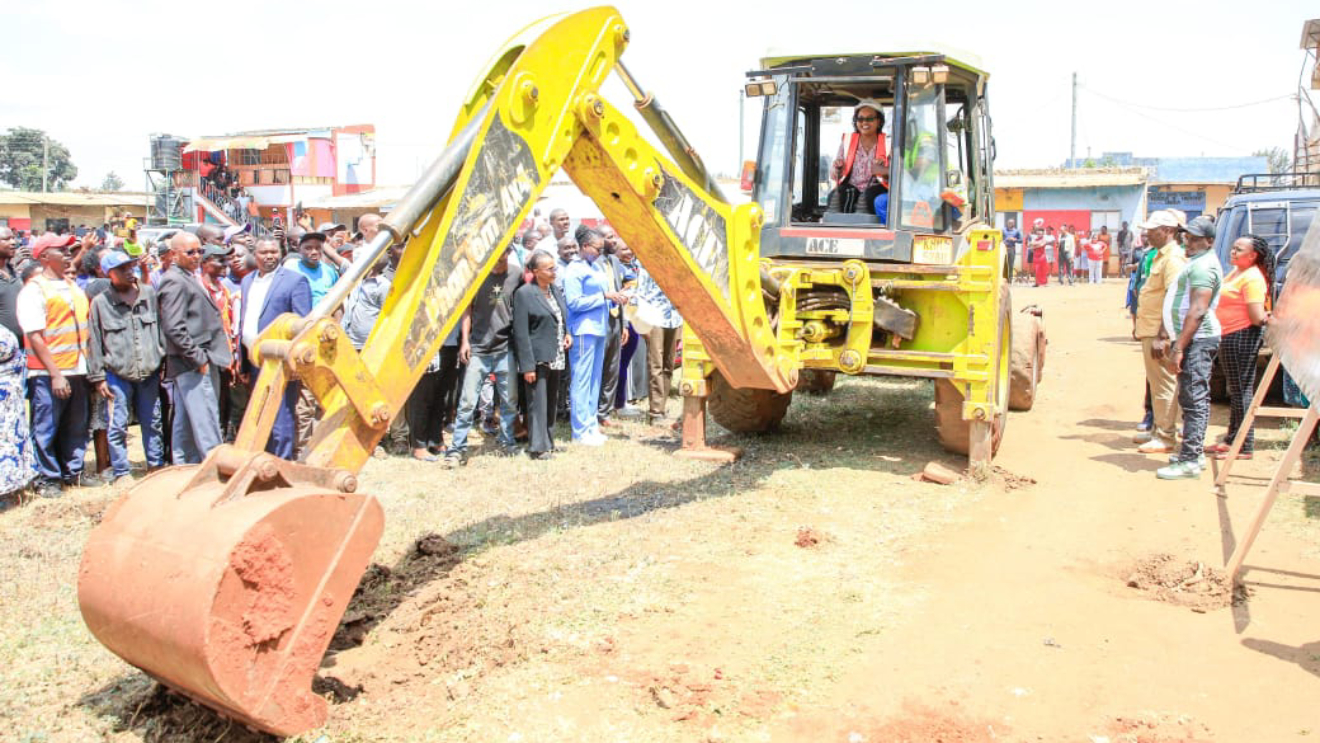Chief Registrar of the Judiciary, Anne Amadi, bid farewell to her position after an impactful 10-year tenure during the launch of the STAJ blueprint and the presentation of the State of the Judiciary and the Administration of Justice Annual Report (SOJAR) on Friday.
Amadi highlighted the substantial progress made during her term, revealing, "In 10 years, 22 strategic documents, 24 manuals, 38 policies, and 11 service delivery charters have been developed to facilitate the administration of justice."
These documents encompassed various aspects of internal operations, including finance, accounting, human resource management, internal audit, ICT, performance management, training and development, procurement and asset disposal, inventory management, conduct and ethics, as well as issues related to sexual harassment, gender, and disability mainstreaming.
Acknowledging the contributions of directors and heads of units, Amadi emphasized the critical role they played in developing these institutional documents, which streamlined operations and enhanced support for the core functions of the judiciary.
"The policies communicate the judiciary's cultures, values, philosophies, and provide guidance, consistency, accountability, efficiency, and clarity on how we operate," Amadi remarked.
Read More
One notable achievement highlighted by Amadi was the adoption of participatory budgeting methods, leading to improved decision-making and the more effective allocation of funds to court stations and service delivery units.
"We now have a standard formula for allocating funds within the judiciary, which is of utmost necessity given the meagre funds we are allocated. Currently, we can only cover 50 per cent of our resource requirements," she explained.
Amadi also disclosed the positive financial developments during her tenure, stating, "Our budget stood at 15.7 billion. I've worked with Parliament to raise it to 21.2 billion. The Judiciary Fund is now operationalized, and revenue that stood at 1.48 billion is now 2.6 billion."
Reflecting on the growth of the judiciary, Amadi noted a significant increase in the number of judges and magistrates.
"Ten years ago, we had 119 judges of the superior courts; today, we have 189. We had 443 Magistrates and Kadhis, and that number is now 636." She also highlighted the expansion of the judiciary's physical presence across the country, stating, "In 2014, we had 20 High Court stations, and today we have 45," she stated.
As Anne Amadi steps down, her legacy includes not only a transformed judiciary but also a comprehensive set of policies and documents that will continue to guide and strengthen the administration of justice in Kenya.











